Antonio Vega Macotela / Incendio
05.10.19
—07.12.19
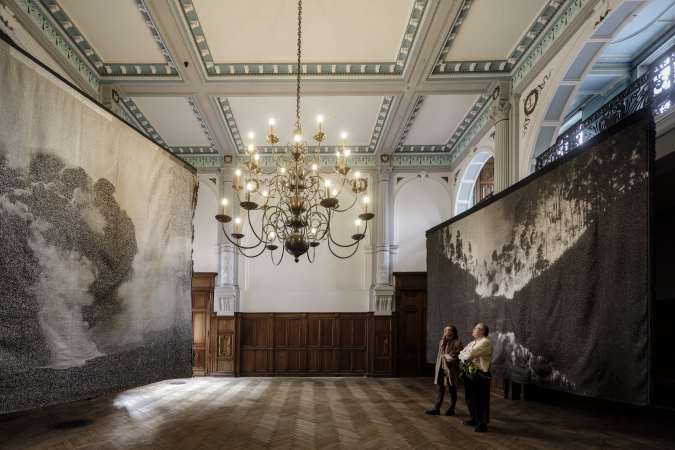
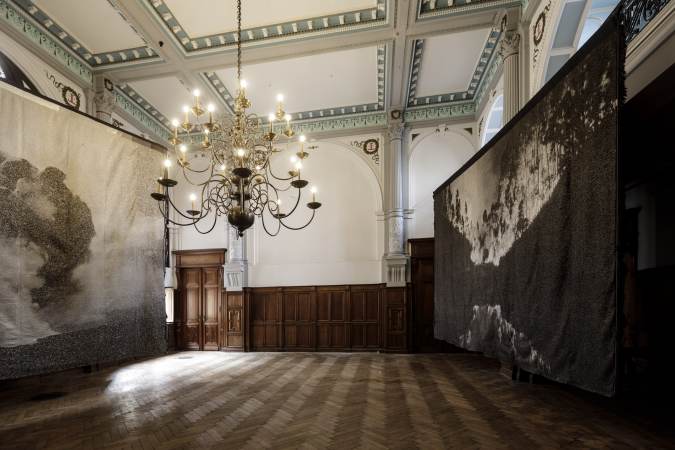
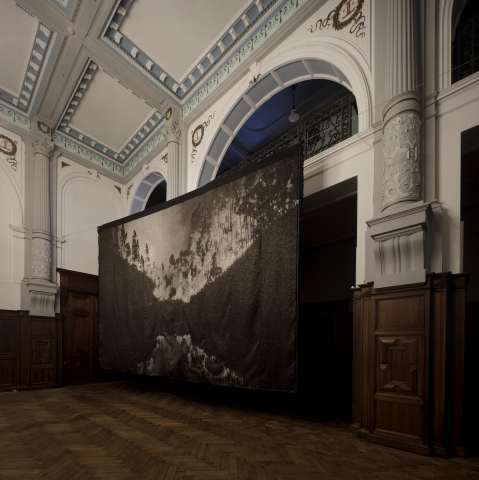

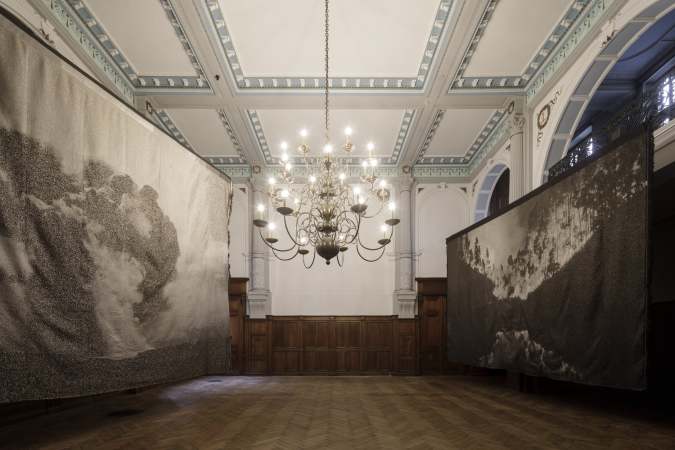
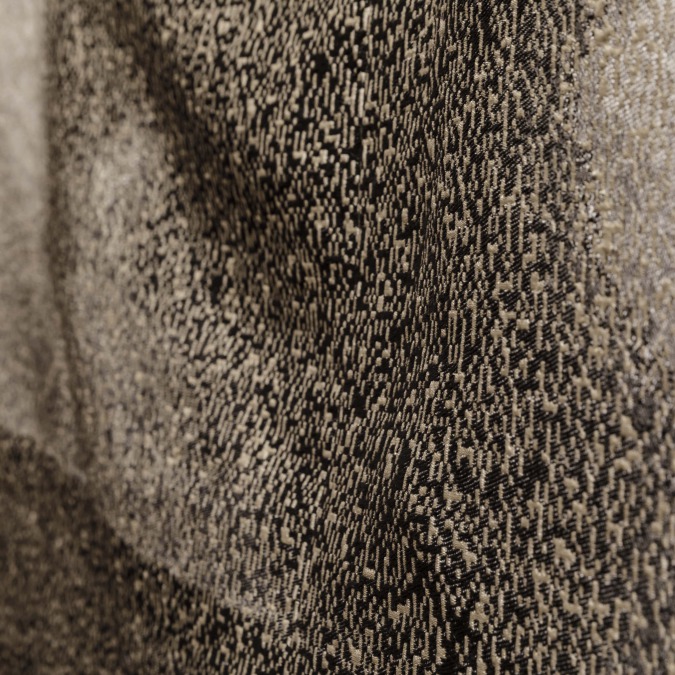
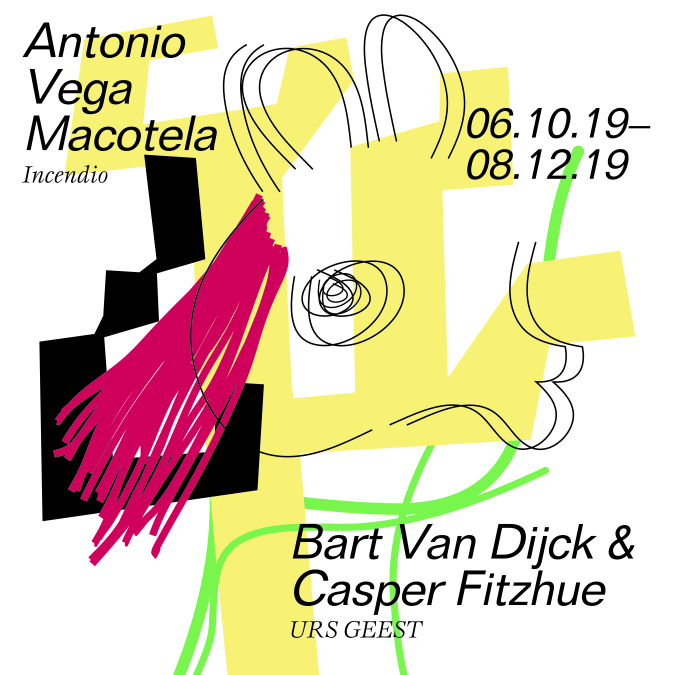
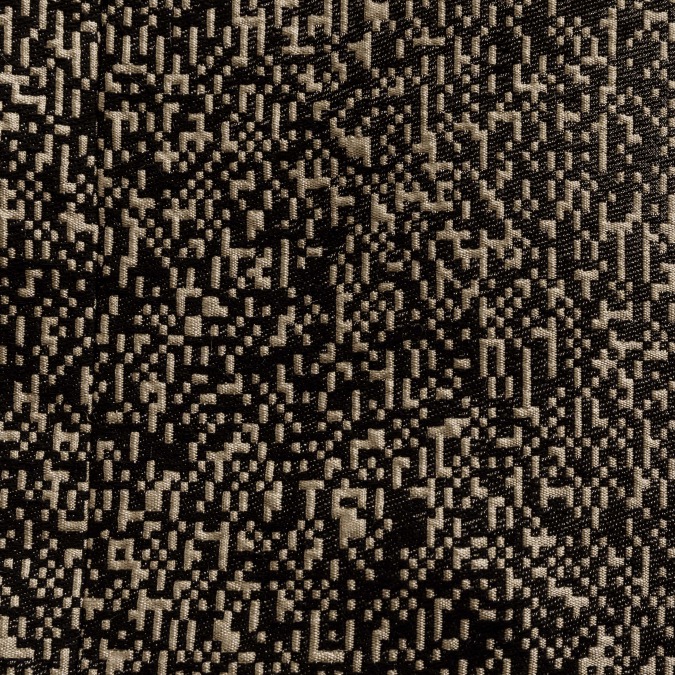
The Q’aquchas Ballade is a long-term project by Antonio Vega Macotela, engaging with the history of the band of pirate-miners, the titular Q’aquchas. Active in the 18th century Bolivia, they were infamous for illegally exploiting the mines, at times when legitimate miners were resting. At nights, on weekends and holidays, the tunnels resounded with ‘q’aquchas’ – remarkably, the word itself is also an onomatopoeia for the sound of metal hitting against stone.
In his project, Macotela draws a parallel between the Q’aquchas and one of the most powerful, still active hackers groups led by Nos del Abismo. In times when the most valuable resource is no longer silver or coal but data, they are the contemporary pirates, the agents of political and social disruption. The Q’aquchas Ballade explores different narratives of resistance and strategies of subversion; whether mining for silver or data, both groups have successfully exploited loopholes to undermine the existing power structures and ‘hack’ the system.
The exhibition Incendio presents a new chapter of the Ballade, comprising seven large-scale tapestries, of which two are being exhibited at CIAP. The tapestries depict wildfires; the motif which can be seen as a contemporary take at the historical genre of landscape painting. Himself trained as a painter, Macotela is well aware of the politics of landscape, epitomised in the conflation of nationalism and German romanticism in the 19th century.
The burning forest marks the symbolic, and timely, death of the traditional landscape and the structures it stood for. In the present-day landscape, the hegemony of nation-states gave place to the interplay between corporate and state powers, and the borders pose no obstacle for the flow of data. Even though most of contemporary financial and informational operations remain invisible, they might have visible effects on our landscape (the realisation of the work coincided with the natural catastrophe in the Amazon). This loaded invisibility resonates in the series' title Nobody will believe the fire if its smoke does not send signals, taken from the poem Incendio – hence the title of the show – by Sor Juana Ines de la Cruz, a poet of the Q’aquchas.
The low-resolution images were pulled from the internet and transformed into textiles using Jacquard looms. In transforming each pixel into a unit of textile, Macotela demonstrates the affinity between the construction of digital images and tapestries. This is not the end of the parallels between weaving and coding; the historical development of those two technologies partly overlap, for example, both had made use of punched cards – pieces of stiff, perforated paper used to contain data.
Macotela’s tapestries also serve as a peculiar data storage. The artist imbued them with data from the so-called Lagarde list, unlawfully disclosing the names of two thousand Greek tax evaders. The list was revealed in 2010, at a time of the Greek crisis, and stirred up international controversy. The ensuing discussion on whether illegally obtained evidence can be used by authorities, itself disclosed the politicians’ unwillingness to prosecute the elites. The Lagarde list was a subset of the Falciani list, considered the biggest leak in banking history. Macotela has been particularly fascinated by the figure of the whistleblower responsible for the leak and his morally ambiguous motifs. The artist himself made use of the technique of ‘steganography’, commonly used by hackers and activists to hide secret information, to encode data in his tapestries.
The series Nobody will believe the fire if its smoke does not send signals was produced during Antonio Vega Macotela's residency at FLACC worplace for visual artists and is presented at CIAP as a part of the collaboration between the two institutions.
BIO:
Antonio Vega Macotela (°1980) is a multidisciplinary artist based between Amsterdam and Mexico. He was an artist-in-residence in a number of international programmes, amongst others at the Rijksakademie, Amsterdam; Le Pavillon at Palais de Tokyo, Paris; and Intermedia Artist in Residence programme at the Parsons School of Art, Media and Technology, New York. His works have been exhibited internationally, most recently in Stories of almost everyone at the Hammer Museum in Los Angeles (2018) and during Documenta 14 in Kassel and Athens (2017). He participated in the13th Istanbul Biennial (2013), in Manifesta 9 (Genk, 2012), and the 29th Sao Paulo Biennial (2010).
Opening: 05.10.2019 from 5 pm
Partners: FLACC workplace for visual artists, Stadstriënnale Screen-it.
With the kind support of: Labor Mexico, Flemish Comunity, the City of Hasselt and the City of Genk, and the CIAP members

